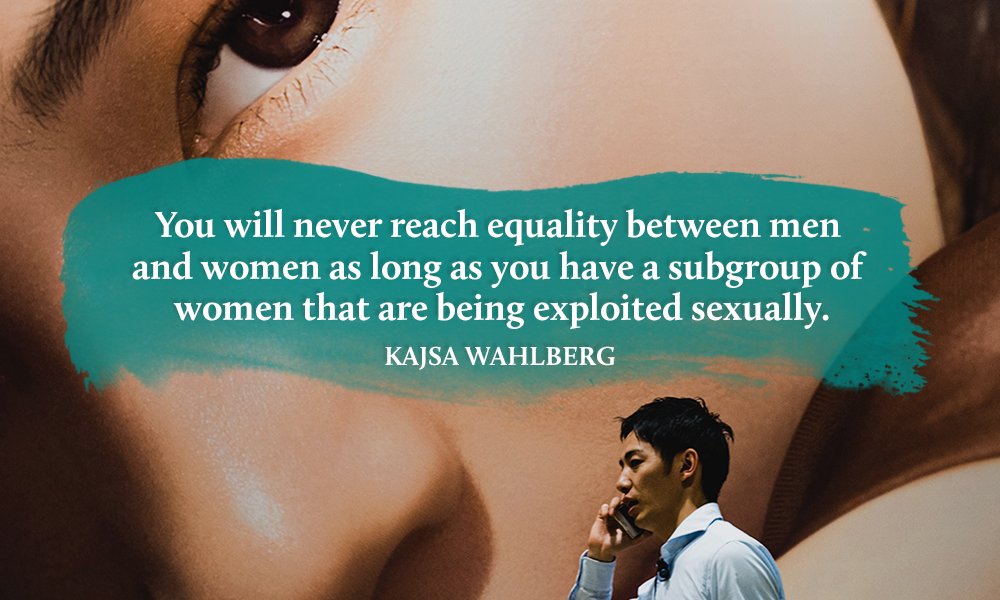Who We Are
Embrace Dignity is a South African women’s human rights lobbying organisation established in 2010 to advocate for legal reform of the laws regulating prostitution in South Africa. The Equality Law decriminalises prostituted women and girls. Survivors of the system of prostitution are offered exit strategies to leave the sex trade, whereas pimps, brothel-owners, and sex buyers are penalised.
The Equality Model was spearheaded by Sweden in 1999 and has steadily gained traction. The Equality Model has been adopted by Canada, France, Iceland, Ireland, Northern Ireland, Norway, Israel, and Sweden.
Board Members
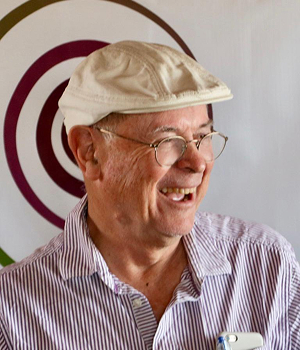
Jeremy Routledge
Board Secretary & Co-founder
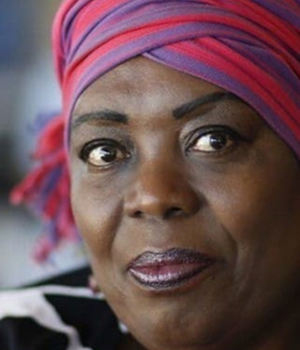
Nozizwe Madlala-Routledge
Executive Director & Co-founder
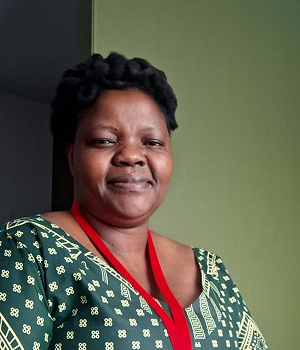
Sibongile Mtungwa
Director
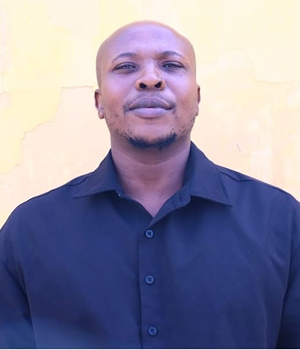
Thabo Tshelane
Director
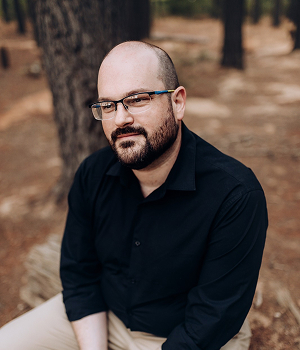
Joseph Shaw
Director

Abigail Smith
Director
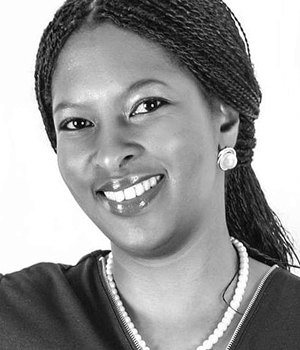
Zukiswa Lungu
Director
Frequently Asked Questions
We advocate for the Sankara Equality Model, also known as the Swedish Model, Nordic Model, Abolitionist or
Equality Model – wherein prostituted people are decriminalised and offered a way out of the prostitution system
through comprehensive exit programmes, and buyers and third parties are criminalised.
Adopting the radical feminist view, we believe that the prostitution system is inherently exploitative for those people who enter or are within the system. We do not accept that there is any choice or safety in the system for women and marginalised people and therefore do not accept the system as a safe working industry. We argue that criminality should shift to those exercising power and choice – buyers, pimps and brothel keepers while the position of the vulnerable needs to be protected. Our view is rooted in our unequivocal belief that the system of prostitution is inherently exploitative and violent.
“Prostitution must be urgently recognised as a system of violence, exploitation and abuse, the Special Rapporteur on violence against women and girls, its causes and consequences.”
(Reem Alsalem, UN Special Rapporteur on Violence Against Women and Girls.)
“Prostitution reduces women and girls to mere commodities and perpetuates a system of discrimination and violence that hinders their ability to achieve true equality,”
Alsalem said in a report to the Human Rights Council.
The aim of the Equality Law we advocate for is to reduce the demand for prostitution and to help those trapped in
the prostitution system are helped to exit effectively.
We agree with the South African Law Reform Commission in its recognition that state run, and funded programmes are necessary irrespective of policy choice taken. The national strategy should seek to offer viable alternatives to prostitution; assist the person to exit prostitution should they wish to do so; support reskilling and education initiatives for prostituted people; promote economic independence; promote sexual health and safe sexual practices; and provide for a review system and an evaluation mechanism for the effectiveness of the strategy and make recommendations for its improvement.
We believe the Equality is the only viable and effective legal framework as it addresses the vicious cycle of the system of prostitution and patriarchy and promotes gender equality.
The Equality Law was first introduced in Sweden in 1999 and has been shown to be highly effective in reducing
demand for prostitution and making the country in question a more hostile destination for traffickers.
Under the Equality Law:
- The buying of sex acts is criminalised
- The selling of sex acts is decriminalised
- Support and exiting services are provided for those exploited through prostitution.
Underlying principle of the Law
The Equality Law recognises that the exploitation of people through prostitution and sex trafficking, most of whom
are women and girls, ultimately only occurs because there is currently a demand from men wanting and willing to
pay for sex. If there was no demand, there would be no supply.
South Africa’s Constitution is a transformative vehicle for change. It speaks to a vision of a South Africa where the inherent Dignity, Equality and Freedom of all her people will be realised. The Constitution recognises current systems of inequality and makes provision for laws and policies specifically aimed at redress and transformation. The Equality Law would operate within the ambit of these provisions. In its unequal operation (criminalising buyers and third parties; decriminalising sellers) the Equality law recognises the inequality and abuse of power inherent in the exchange between buyer and seller in the sex trade. Most importantly, it employs Constitutionally mandated and sanctioned strategies aimed at remedying these inequalities through legislative transformative justice.
Purpose of the Law
The Equality Law is designed to:
- Reduce demand for sexual exploitation – by making it a criminal offence to pay a person for sex.
- Support people exploited through the sex trade – by completely decriminalising the sale of sex acts and
providing comprehensive support and exiting services. - Transform attitudes – by challenging the belief that it is acceptable to treat women and girls as sexual objects
by paying them for sex acts.
In Sweden, Iceland, Norway, and Northern Ireland, this approach has been effective in reducing the demand for
paid sexual services. And this in turn threatens the profits of those who traffic in human beings for personal gain.
Social, economic, political, cultural and legal factors place vulnerable people in a position where prostitution is the only option available for survival. These factors significantly increase chances of entry while making exit difficult. The Equality Law decriminalises prostituted people AND provides support for exit by the State.
Many people do not have formal work in South Africa, partly due to lack of skills and high unemployment rates. Poverty is also highly “feminised” (more common for women), with women working longer hours for less money than men. Women also often do more caring or children, the elderly and people with disabilities, 2 which is work that is unpaid or poorly paid.3 Studies show that 80% of prostituted persons are women.
Prostitution requires little or no training – and is thus known as ‘easy money’. Unsurprisingly, 76% of prostituted people in a 2010 study reported that their main reasons for selling sex were financial. Another common motivation was that prostitution allows for flexible hours and so is well-suited to people who have other commitments such as work or child-care.
Needs of 100 women who were prostituted near Cape Town
- 96% wanted to escape prostitution
- 94% job training
- 88% self-defence training
- 86% individual counselling (more Black women than Coloured women reported this need
- 89% home or safe place
- 83% peer support
- (more Black women than Coloured women reported this need)
- 61% medical care more black women than coloured women reported this need.
- 80% drug or alcohol addiction treatment
- 76% support for being accepted back into the community (more Black women
- than Coloured women reported this need
- 61% Childcare
- 51% protection from a pimp (more Black women than Coloured women needed protection from pimps)
- Only 12% of these 100 women believed that prostitution would be safer if it were
- legalized/decriminalized.
Reporting on prostitution means finding not only the language but the context and sensitivity to communicate a trauma that is both deeply personal and a matter of public policy; urgent and yet rooted within centuries of stigma violence and oppression. Reporting on prostitution requires special ethical sensitivity interviewing skills and knowledge about survivors, perpetrators, law and psychology.
Key Concepts
- Prostitution is a system that is inherently exploitative for those who enter or are within the system.
- There is rarely choice or safety in the system for women and marginalised people in an industry riddled with a lack of power
and choice on the one hand, and exploitation and an abuse of power on the other. - Prostitution constitutes part of an over-arching system of sexual exploitation and is inherently linked to human trafficking and
pornography. - Regardless of the legal framework surrounding the system of prostitution, an unequal social, economic and political positions of
power occupied by prostituted people and buyers/pimps/third parties means that the system of prostitution cannot be
understood to be a safe work environment. - Most prostituted people would choose different means of survival were they presented real options and/opportunities to exit t he
system of prostitution. - There is only one offence in the sex trade – the exploitation of those without power and agency by those with power through
commercialised sexual violence. The burden of responsibility for the crime of sexual violence must be on those who exploit
prostituted persons by buying and/or pimping them.
The importance of language when reporting on prostitution
Prostitution is a system in which those bought and sold are subjected to sexual violence and exploitation. Language used to describe it should show the non-consensual nature of the acts within the trade. For instance, when a person “works” in prostitution, it implies voluntary participation and minimises the harms. Words can conceal harms and lead to confusion about the real nature of prostitution.
Examples of words in current usage that makes the harms of prostitution invisible:
“Voluntary prostitution “implies that the person consented when usually, they had no option to survive.
“Forced prostitution” implies that somewhere there are people that are not forced into prostitution.
“Sex work” redefines prostitution as a “job” rather than an act of violence against women and marginalised people.
Terms should be used that are neither pejorative nor that would ignore the violence against women and marginalised people in the sex industry. Rather than refer to someone as a “sex worker”, it is preferable to use “sexually exploited” person or “prostituted” person. These terms do not pretend that human rights abuse is “work”. Negative terms such as “prostitute” or “hooker” should not be used as they stigmatise victims.
Currently South Africa’s legislative framework surrounding prostitution declares prostitution illegal.
The SALRC (South African Law Reform Commission) presented four legal models up for consideration for legal reform of South Africa’s legal framework governing prostitution.
- Total criminalisation penalises prostitution and al acts relating to prostitution. Total criminalisation has been shown to be ineffective in that it does not address the violence of the system and its roots in patriarchy, inequality and its links to organised crime, drug trafficking and human trafficking.
- Non-criminalisation refers to the model of removing laws that criminalise adult prostitution and related activities. Under the non-criminalisation model, the supervision of prostituted persons, other role players and business establishments typically takes place through general legislation on labour, occupational health and safety and human rights. Generally, non-criminalisation does not mean the removal of criminal sanctions against abuse, trafficking or forced or underage prostitution.
- Regulation or Legalisation refers to removal of general criminal sanctions against prostitution in combination with measures aimed at state regulation and control of the industry. See for example, the position in the Netherlands. The control measures in a regulated system are based on the prevailing social norms and conditions of the jurisdiction. These measures will typically prescribe health checks, registration of prostituted people, licensing of brothels and sometimes the zoning of areas in which prostitution is allowed.
- Partial criminalisation or Partial decriminalisation (sometimes also known as the Equality, Abolitionist, End Demand, the Swedish Model or the Sankara Equality Model) decriminalises all those who are prostituted, provides support services to help them exit, and makes buying people for sex a criminal offence, to reduce the demand that drives sex trafficking. This approach has now been adopted in Sweden, Norway, Iceland, Northern Ireland, Canada, France, Ireland, and Israel (See also: https://salesa.org.za).
The system of prostitution places people exploited within it at high risk of HIV/AIDS infection. It is indisputable that total criminalisation – South Africa’s current legal model regarding the system of prostitution – worsens the position and compromises the safety of those vulnerable to infection in several ways:
How does the Equality Law respond to the issues resultant of current laws?
- Criminal records make it difficult to find employment necessary to support oneself.
- The Equality Model enacts an exit programme, which provides extensive support and exiting services.
- Under the Equality Law those selling sex are not criminalised and therefore do not incur a criminal record.
- Stigma and fear of arrest act as a barrier to the ability to access services such as health and justice.
- The Equality Law decriminalises prostituted people so fear of arrest is removed.
- Buyers are criminalised rather than the seller, and so the stigma and burden of responsibility, is shifted from sellers to buyers. Prostituted people are therefore appropriately positioned as survivors of exploitation who need access to these services. Furthermore, an exit programme would provide several services geared towards addressing addiction, mental and physical health and other services needed.
- The exploitative nature of prostitution involves forced unprotected sex with multiple partners, rape and sexual assault at the hands of abusive clients.
- Under the Equality Law the demand for prostitution will decrease and so fewer women will face less abuse from clients and third parties.
- Ineffective policing of crimes against prostituted people as well as physical and sexual abuse at the hands of police who are tasked to enforce current laws criminalising sellers is commonplace.
- Under the Equality Law police officers would focus on the demand and arresting buyers only.
- Reports of abuse of prostituted people would assist in the prosecution of criminals in the system (buyers and third parties).
- Use of condoms as evidence of selling would no longer apply.
- Under the Equality Law police officers would focus on the demand and arresting buyers only.
There are number of harms faced by prostituted people given South Africa’s current legislative framework.
The stigma of prostitution and the fact that sellers are regarded as criminals by the law create a series of barriers to prostituted persons claiming their rights of access to health and social services.
In South Africa criminalisation means that prostituted persons are hesitant to make use of existing health services because they fear revealing their identity and facing prejudices behaviour by service providers. Moreover, they are afraid that if they seek these services and disclose themselves as part of the system of prostitution, they are arrested or subject to discrimination. In general, they try to remain hidden to avoid those who enforce the law
This means that persons who are prostituted work in dangerous place where they are at risk and inaccessible to the health service providers attempting to assist them. This is particularly problematic because of the stigma and barriers to access healthcare services compound and interlock to render prostituted persons particularly vulnerable to HIV/AIDS.
The criminal nature of prostitution means that the sellers of sex in the system have no access to protection from the police. Because their behaviour is illegal, prostituted persons find themselves forced to operate outside the protection of the law and are therefore unable to ensure safe conditions.


